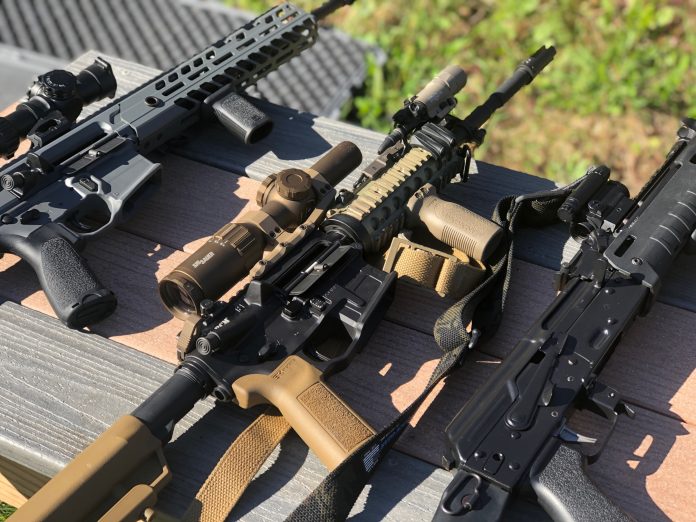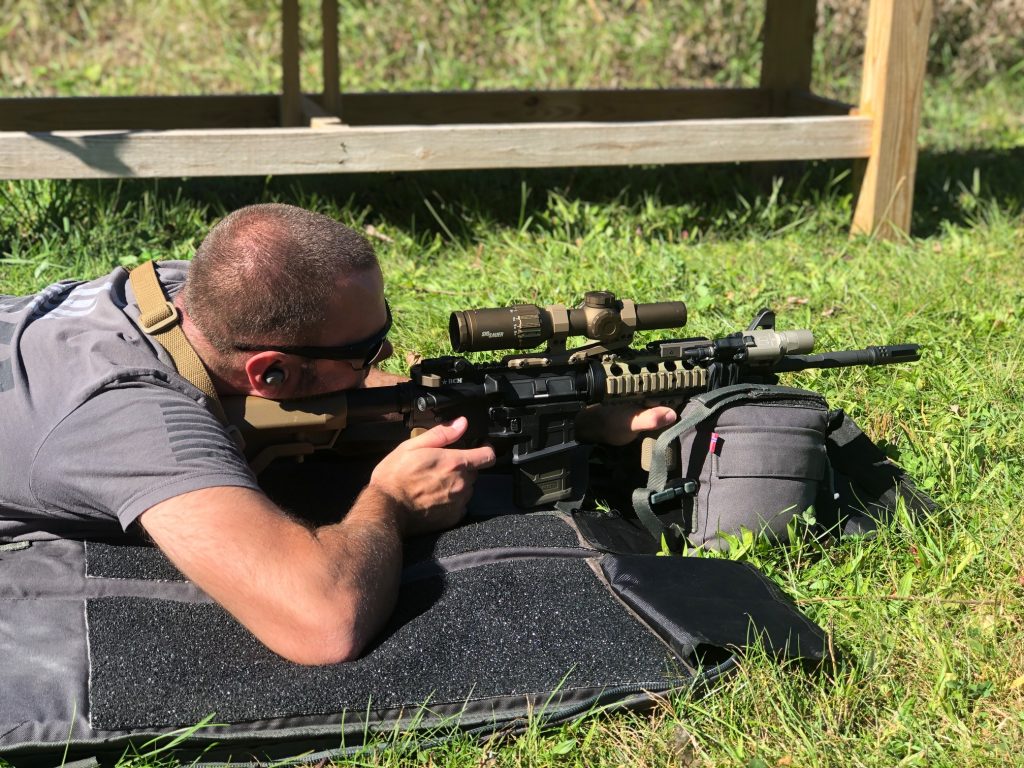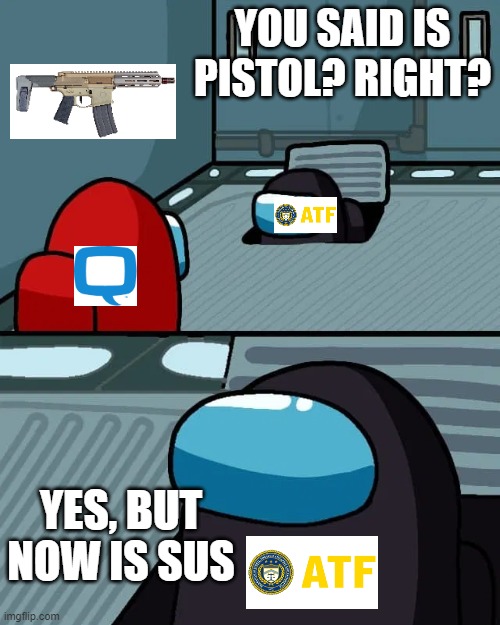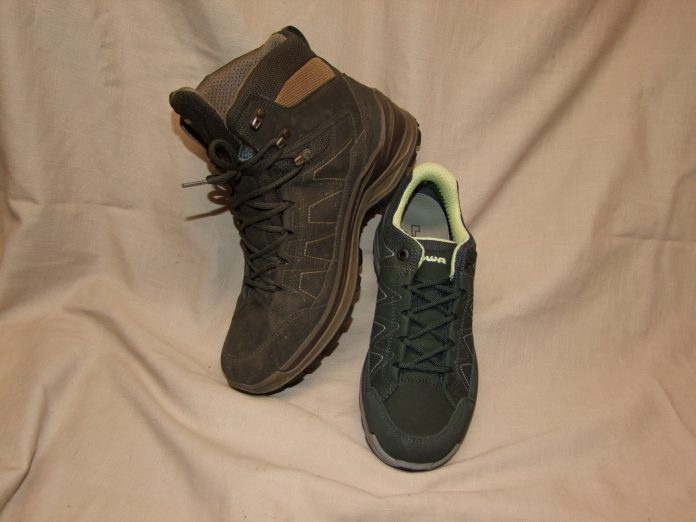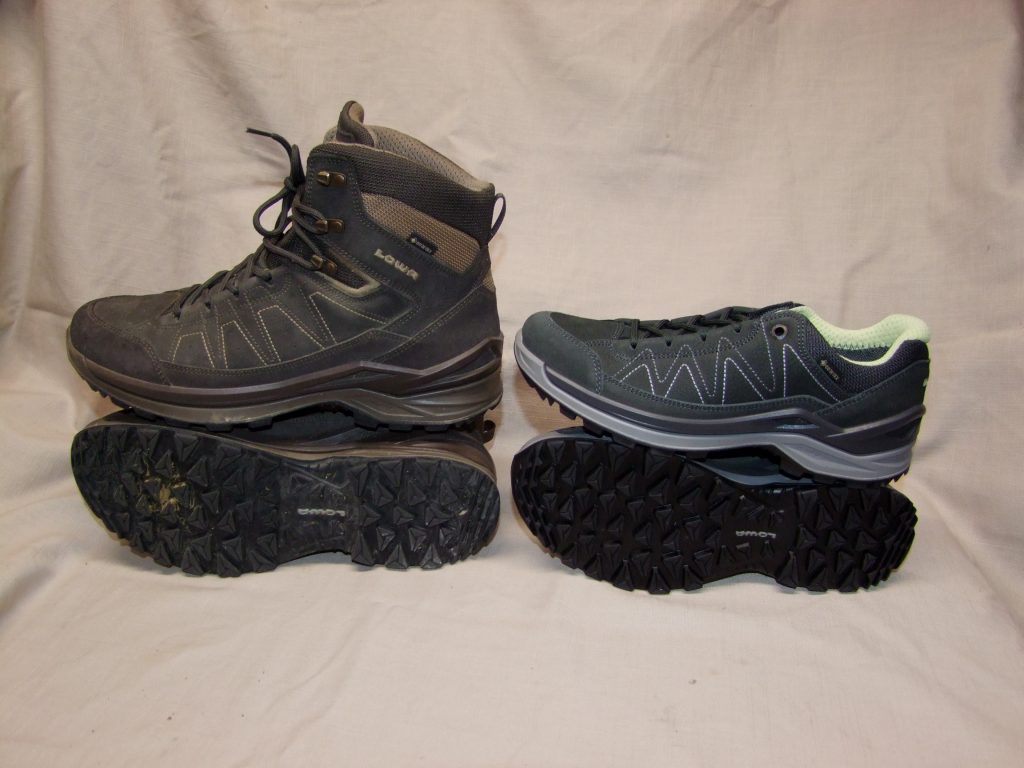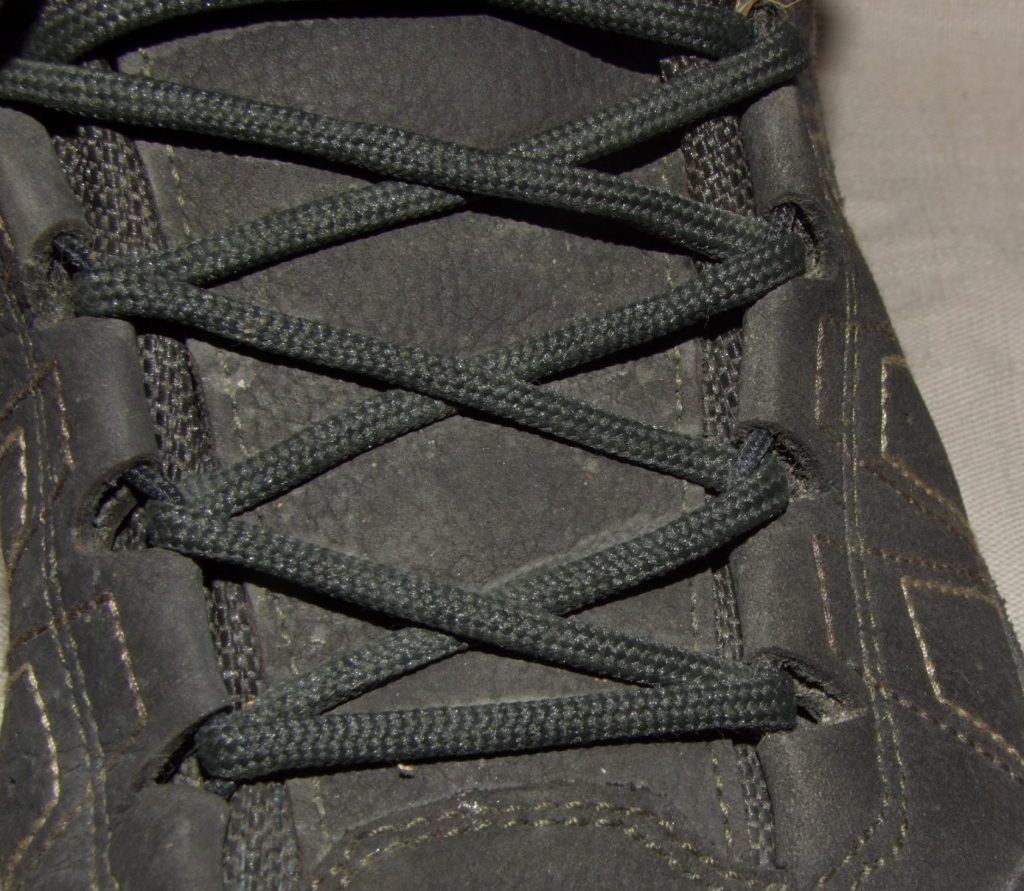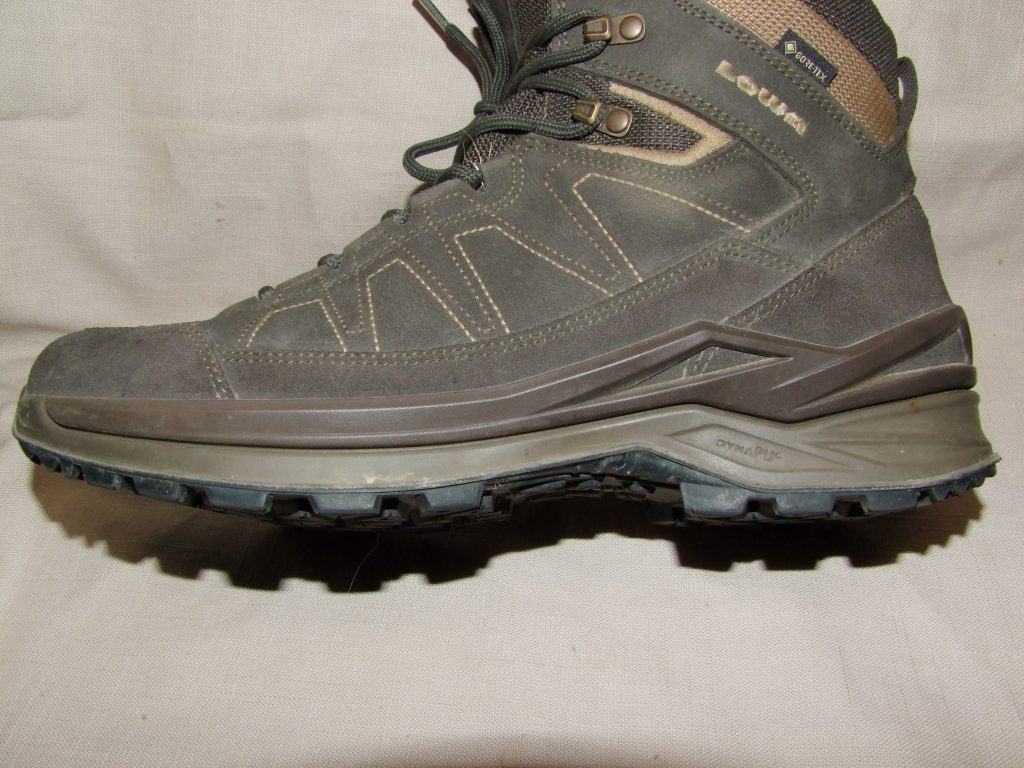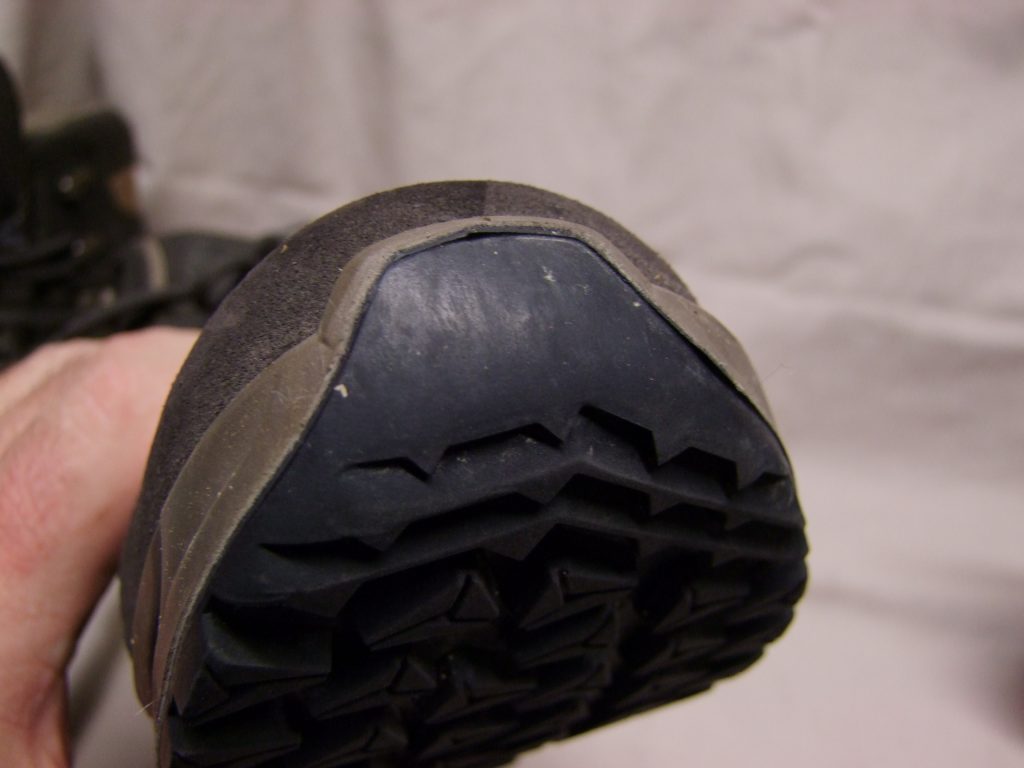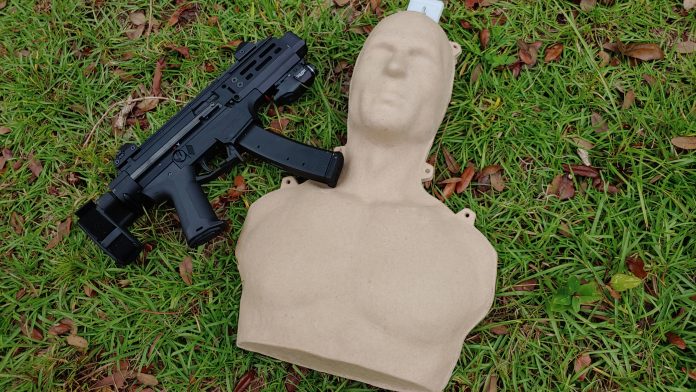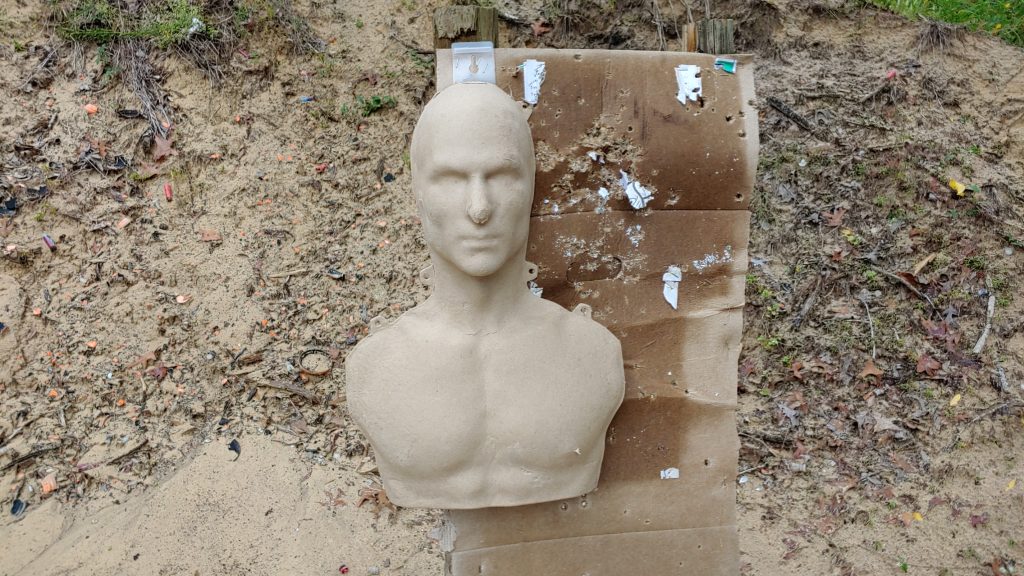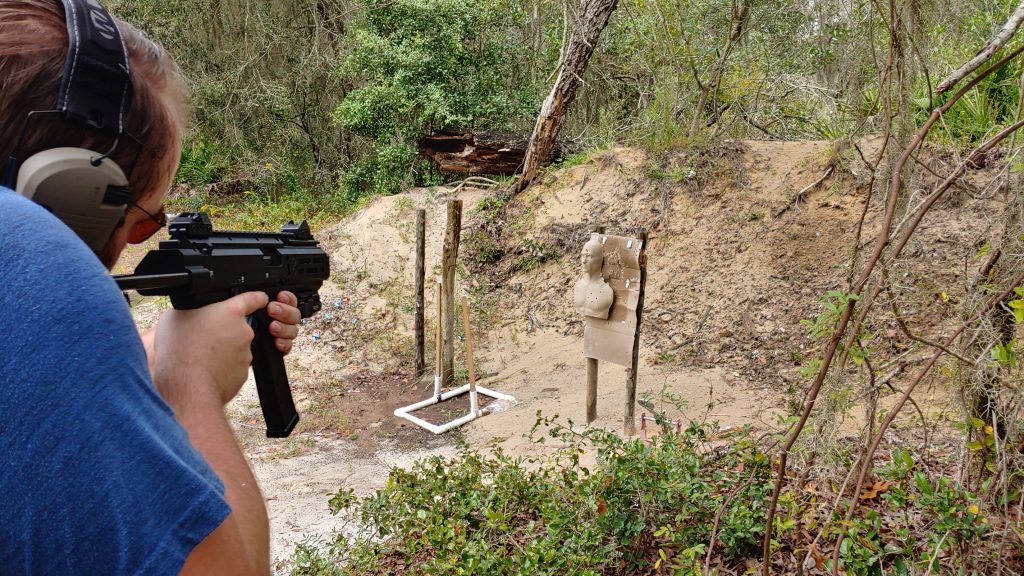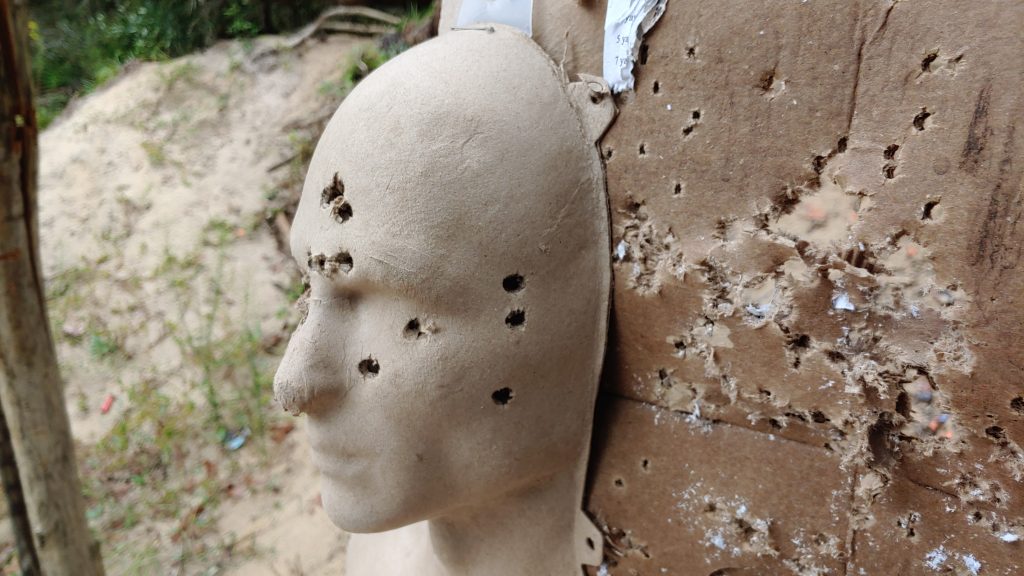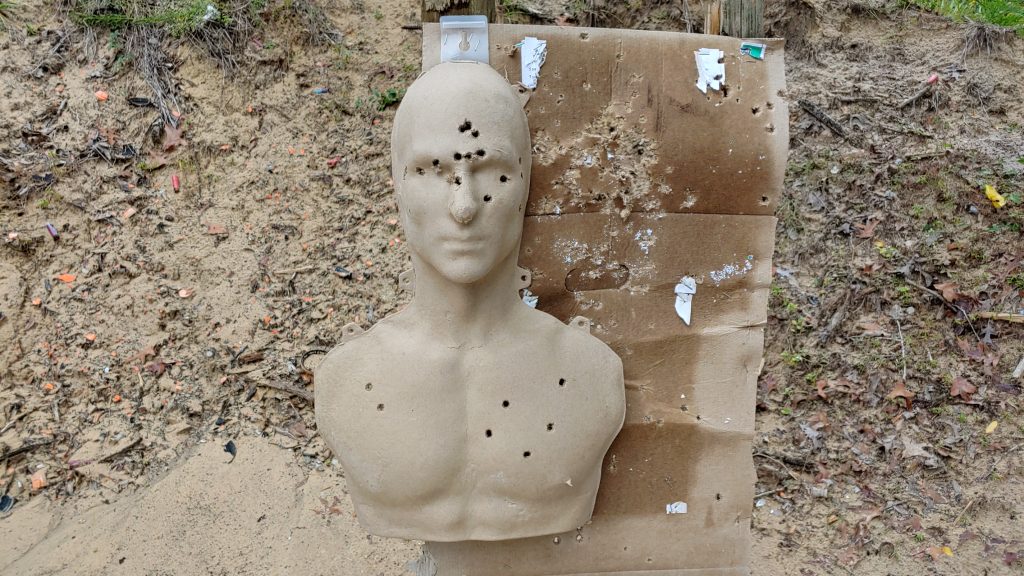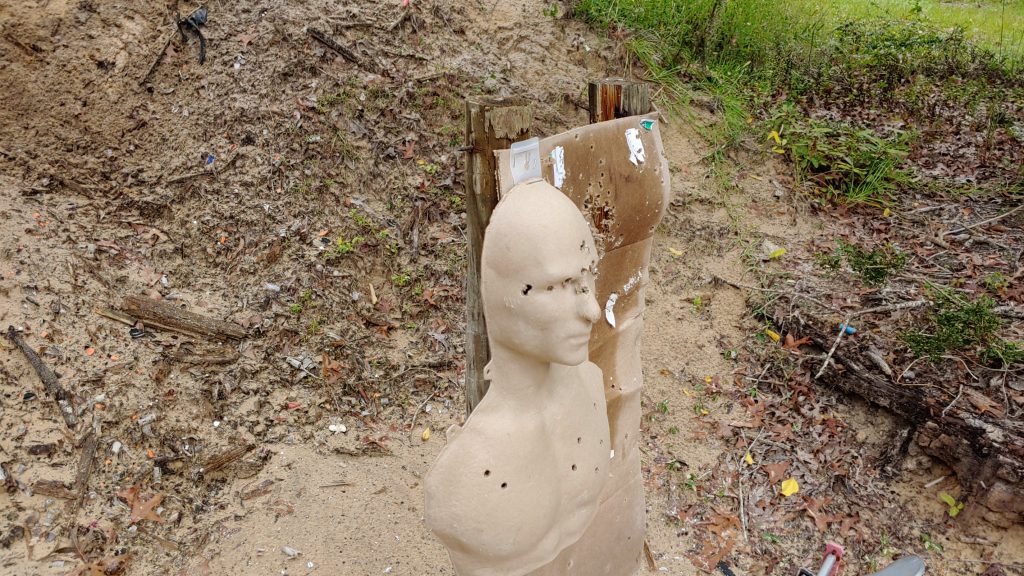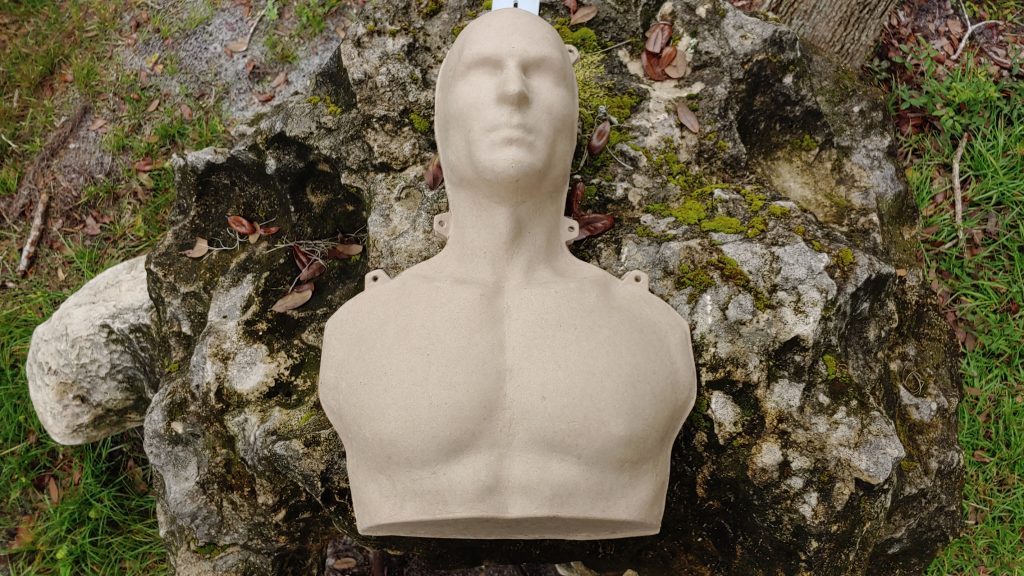Militia is (again.. still) the dirty word. It is heavily associated with the right-wing of politics and this latest plot will cement that further, while the left-wing will continue to dominate words like ‘rioter’ or ‘agitator’ even for similar acts of violence or plots for violence.
Both, for instance, have plotted and some have executed attacks against Law Enforcement officers and buildings. Both have used or plotted to use explosives and/or incendiaries to commit these attacks. But the ones associated with ‘Militia’ sound scarier than the ones associated with ‘Agitators’ or ‘Rioters’, mostly because those latter two titles sound less organized.
As you’ve likely heard by now the FBI foiled a terrorist plot to kidnap Michigan Governor Gretchen Whitmer, attack and kill police officers, incite violence in several other states, and “kick off a civil war”. Because all of those sound like fun things to do this fall, right?


Just look at those numbers. No seriously. LOOK! Who the fuck is excited for that?
I’m not our Governor’s biggest fan by any stretch but the Supreme Court already did their job and struck down the Governor’s order. Almost like the system is still on the tracks and working the best it can…
And yet we still got Trailer Park ISIS…
What is the Militia?
The right of the people to keep and bear arms shall not be infringed. A well regulated militia, composed of the body of the people, trained to arms, is the best and most natural defense of a free country. -James Madison
Forty years ago, when the resolution of enslaving America was formed in Great Britain, the British Parliament was advised by an artful man, who was governor of Pennsylvania, to disarm the people; that it was the best and most effectual way to enslave them; but that they should not do it openly, but weaken them, and let them sink gradually, by totally disusing and neglecting the militia.- George Mason
I ask who are the militia? They consist now of the whole people, except a few public officers. -George Mason
The Militia is the community. Your friends, your neighbors, your fellow citizens of sound body and mind. They are the militia. You are the militia.
It may be laid down, as a primary position, and the basis of our system, that every citizen who enjoys the protection of a free government, owes not only a proportion of his property, but even of his personal services to the defence of it, and consequently that the Citizens of America (with a few legal and official exceptions) from 18 to 50 Years of Age should be borne on the Militia Rolls, provided with uniform Arms, and so far accustomed to the use of them, that the Total strength of the Country might be called forth at Short Notice on any very interesting Emergency. – George Washington
That a community may rise up and provide for its own defense in times of emergency. That every able citizen be capable and practiced in those duties enough to rise to the occasion to defend themselves, their community, or their nation as need may be.
That is the Militia. But George Washington also held realistic views on the militia.
To place any dependence upon militia, is, assuredly, resting upon a broken staff. Men just dragged from the tender scenes of domestic life – unaccustomed to the din of arms – totally unacquainted with every kind of military skill, which being followed by a want of confidence in themselves when opposed to troops regularly trained, disciplined, and appointed, superior in knowledge, and superior in arms, makes them timid and ready to fly from their own shadows.
Which is why course work and practice are necessary. Training in emergency aid both personal and communal (yes, disaster prep), concealed carry handgun (no not just your state mandated check in the box course), and basic rifle skills are important.
It is why knowing your neighbors, your community, is important because these are the people you will be helping and who will be there to help you.. or not if they have no incentive to do so. What you and they have to bring to the table are what you and they have, whatever comes from further off isn’t there when you need it. Build that community. Whose political sign is in their front yard doesn’t change that, you can debate that by a fire and talk policies if you want but that person is still your community. They’re there when something happens, because they live there with you.
Now, a group looking to actively destroy a community over disagreements and grievances, however valid or invalid, and who “seek political action through violence and intimidation” have another well known moniker.
Terrorist.
“Your Truth” vs The Truth
We’re big on feelings over facts right now. Live your truth and all that. But that works both ways. Actually, it works a whole mess of ways and a whole mess of “truths”.
“In all honesty right now … I just wanna make the world glow, dude,” Fox said, according to the affidavit. “That’s what it’s gonna take for us to take it back, we’re just gonna have to everything’s gonna have to be annihilated man. We’re gonna topple it all, dude.”
That was, is perhaps, Adam Fox’s “truth”. The man who masterminded this insanity was convinced it was the only sane thing to do. Understand that, actively understand that another person was convinced of this to the same degree you hold your personal political views. The extremist often believes they are the only, or one of few, ‘sane’ people paying attention and convince themselves they need to act.
“I don’t know what’s scarier: the COVID or the politics,”
It should be COVID. The contagious infection. The force of nature that we can’t debate, negotiate, or compromise with. That should be our point of healthy concern.
But we are a drastically ‘overfeared’ society. The political leverage that fear provides over, and over, and over again has been used against people who are living in, literally, the best of times to great success. Fear’s effectiveness is the reason why every natural disaster is the worst ever (from this cherry picked period), why every political decision made by the opposing side is the worst thing ever and will literarily tear down the fabric of the republic (regardless of actual practical impact studies), and why when something that your affiliated groups have done that has been harmful gets pointed out we are quick to point out, “yeah, but look how much worse the other is.” It is all leveraging fear.
Meanwhile, medicine and technology have never been better, life spans have never been longer, the available knowledge and ease of access have never been higher (not that we are conditioned to take advantage of that, sadly), and world poverty levels have never been lower. For every real problem the world still faces, and will continue to, we’ve never had more going right than we do right now. Objectively and without any viable argument, it is the best time to be alive.
But fear rhetoric from one or another faction distorts that and eventually results in extreme reactions. It always has and will continue to do so. It doesn’t matter who’s rhetoric triggers it, someone’s will.
The “greatest threat” will almost always be the faction who committed or tried to commit the last atrocity. At least the last atrocity you cared about. Armenia and Azerbaijan are in a literal shooting war right now and being used as a proxy for a few other fights but I’d bet most people feel these 13 chuckleheads are scarier. Granted, they wanted to bring that shooting war here but, even with how high political tensions are, that was about as likely as Vermin Supreme winning the White House in a landslide. It is reality there, though.
“This is more than just political disagreement or passionate advocacy. Some of these groups’ mission is simply to create chaos and inflict harm upon others.”- Michigan AG Dana Nessel
Antifa and what the media are calling “Boogaloo Adherents” (since we had to ruin that word and cannot have inside jokes or nice things) are going to be the boogeymen right now. There are no major visible external threats to focus on so the internal ones have taken the stage. We’ve spent two decades hard against Islamists so that one feels old and beaten, and largely is. But Islamists were never the only threat, nor is ‘largely beaten’ equate to beaten for all time.
Groups like all of the above will never vanish from the face of the earth so long as force remains a viable currency, and force always will. It is naïve to believe otherwise. People’s fear of any particular group is largely based on their personal biases instead of the objective damage that group is capable of. Taken in that objective light, all terrorists, agitators, anarchist groups, and so on start to look like equals, even the ones who espouse points you agree or sympathize with.
No culture, group, society, religion, or political affiliation holds a monopoly on being a bunch of assholes.
So let’s start exercising that wonderful free will that we all can, and just not be. Don’t point at someone else and shout, “Them first!” You can control you, so you do you. That’s all you really can do.
Be Militia
Be the whole people. Be community. Build up your friends, your neighbors, your family, and your nation. Always be building, always be working.


